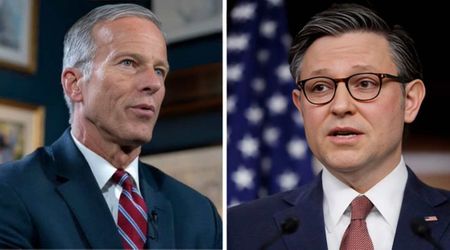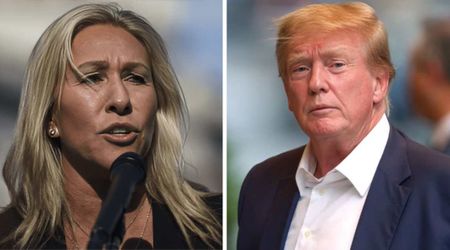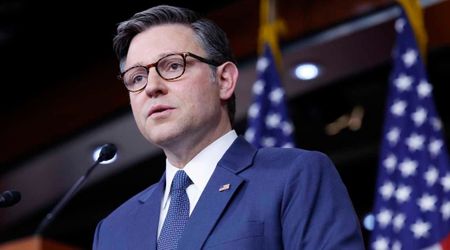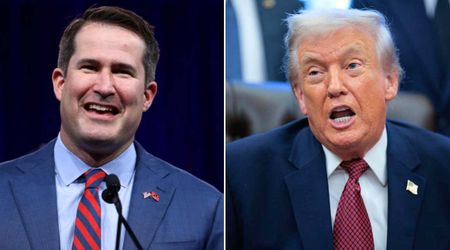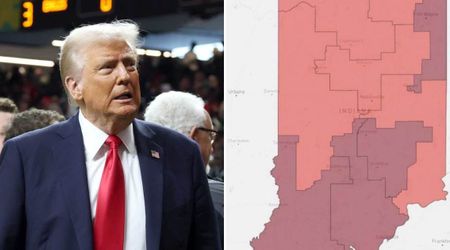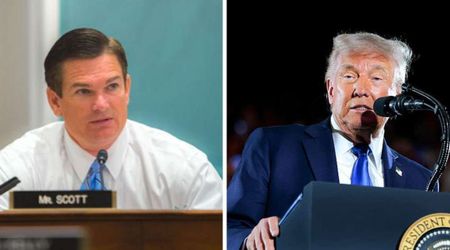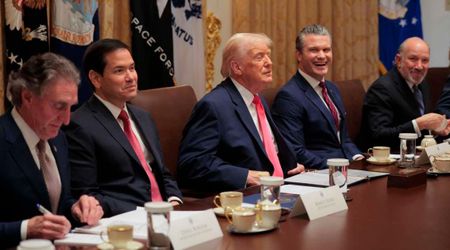WH demands review of 19 Smithsonian museums to ensure 'patriotic' content before US' 250th anniversary
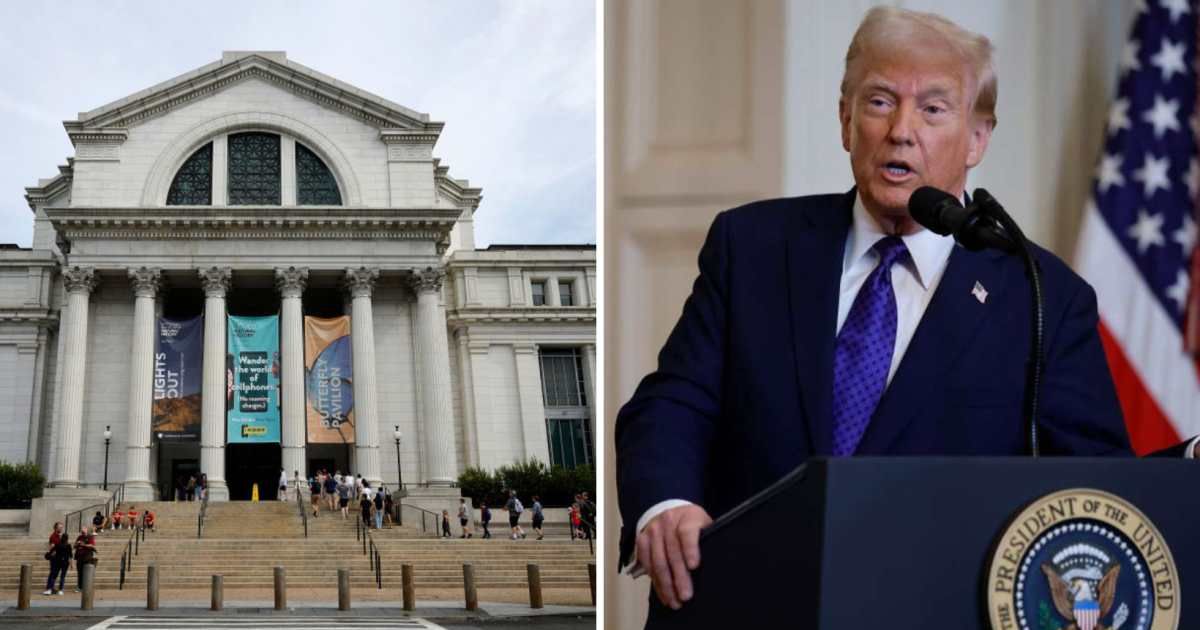
WASHINGTON, DC: The Donald Trump administration has initiated a wide-ranging review of the Smithsonian Institution, seeking to ensure its 19 museums present exhibitions that reflect what officials describe as “unity, progress, and enduring values” in advance of the United States’ 250th anniversary in 2026.
In a letter addressed to Smithsonian Secretary Lonnie Bunch and posted on the White House website, administration officials outlined plans to assess not just exhibitions and materials, but also curatorial processes, artist grants, and online content.
Trump administration orders inspection of 19 Smithsonian museums
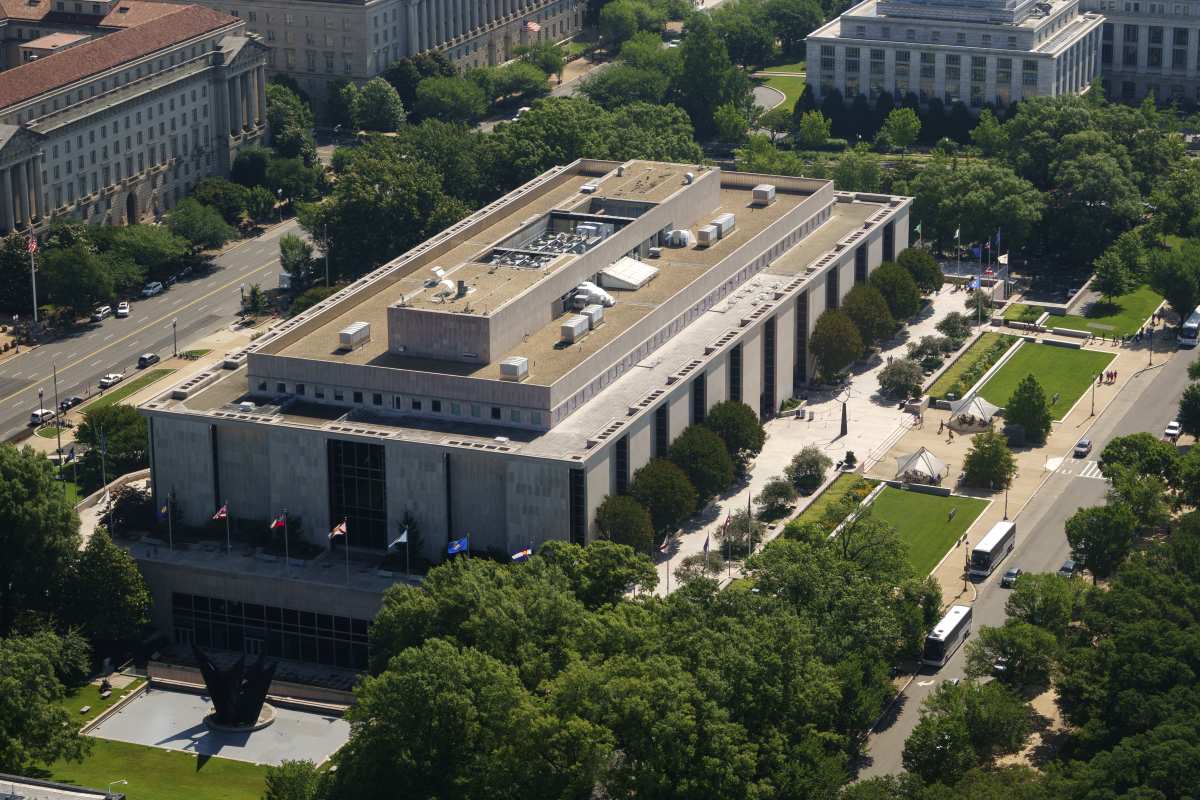
The review follows a March executive order titled "Restoring Truth and Sanity to American History", which called for eliminating “improper, divisive or anti-American ideology” from the Smithsonian’s programs.
Museums will have 120 days to substitute any content deemed ideologically driven with “unifying, historically accurate and constructive descriptions.”
In his March order, said the president “aims to ensure that the Smithsonian is an institution that sparks children’s imagination, celebrates American history and ingenuity, serves as a symbol to the world of American greatness, and makes America proud.”
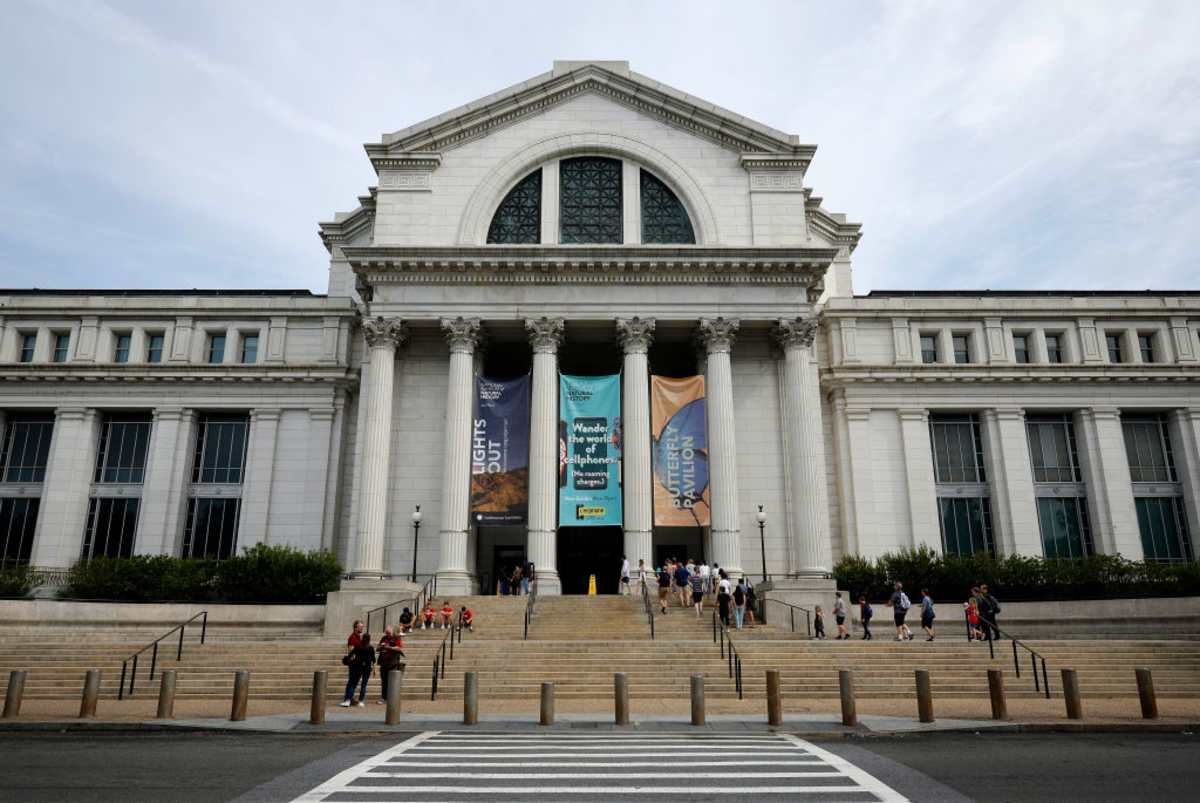
In early August, the museum took down and later revised an exhibit on US presidential impeachments that had included references to Trump’s two impeachments during his first term.
Smithsonian officials later stated that they “were not asked by any administration or other government official to remove content from the exhibit.”
However, the letter sent to the institution on Monday first obtained by the Wall Street Journal places its operations under curatorial scrutiny, covering everything from public exhibition text and online materials to internal curatorial procedures, exhibition planning, use of collections, and artist grant allocations.
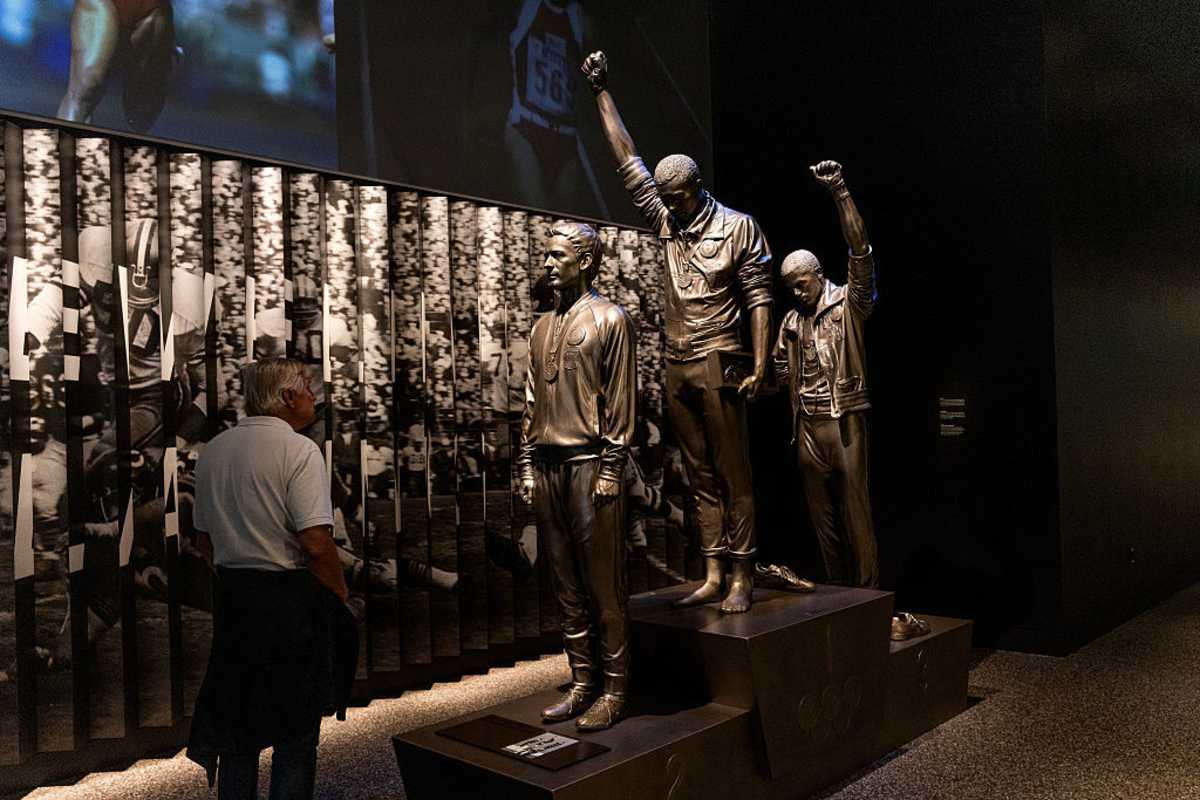
The letter reportedly states, “This initiative aims to ensure alignment with the president’s directive to celebrate American exceptionalism, remove divisive or partisan narratives, and restore confidence in our shared cultural institutions.”
White House senior associate Lindsey Halligan, appointed to oversee the process under Vice President JD Vance’s guidance, said the aim was to preserve trust in one of America’s “most cherished institutions.”
She added, “The Smithsonian museums and exhibits should be accurate, patriotic, and enlightening – ensuring they remain places of learning, wonder, and national pride for generations to come.”
The formal review coincides with the Trump administration’s move to place Washington DC’s police department under direct federal control and deploy the National Guard to the city, citing a public safety emergency tied to crime and homelessness, despite data indicating a significant drop in violent crime.
Eight major Smithsonian museums under first wave of scrutiny

The Trump administration is launching its cultural review of the Smithsonian Institution by focusing on eight of its most prominent museums, including the National Museum of American History, the National Museum of Natural History, the National Museum of African American History and Culture, and the Hirshhorn Museum and Sculpture Garden.
The directive, outlined in a letter from the White House, comes ahead of the United States’ 250th anniversary and calls for all exhibits to align with “unifying, historically accurate” narratives.
In a statement, the Smithsonian emphasized its “deep commitment to scholarly excellence, rigorous research, and the accurate, factual presentation of history.”
Officials said they are reviewing the letter in that spirit and will work with the White House, Congress, and the Board of Regents. The board had already approved a full review of museum and zoo content to safeguard against political influence, a decision made prior to the June resignation of Kim Sajet, director of the National Portrait Gallery.
Trump had criticized Sajet for her involvement in diversity programs he opposed.


